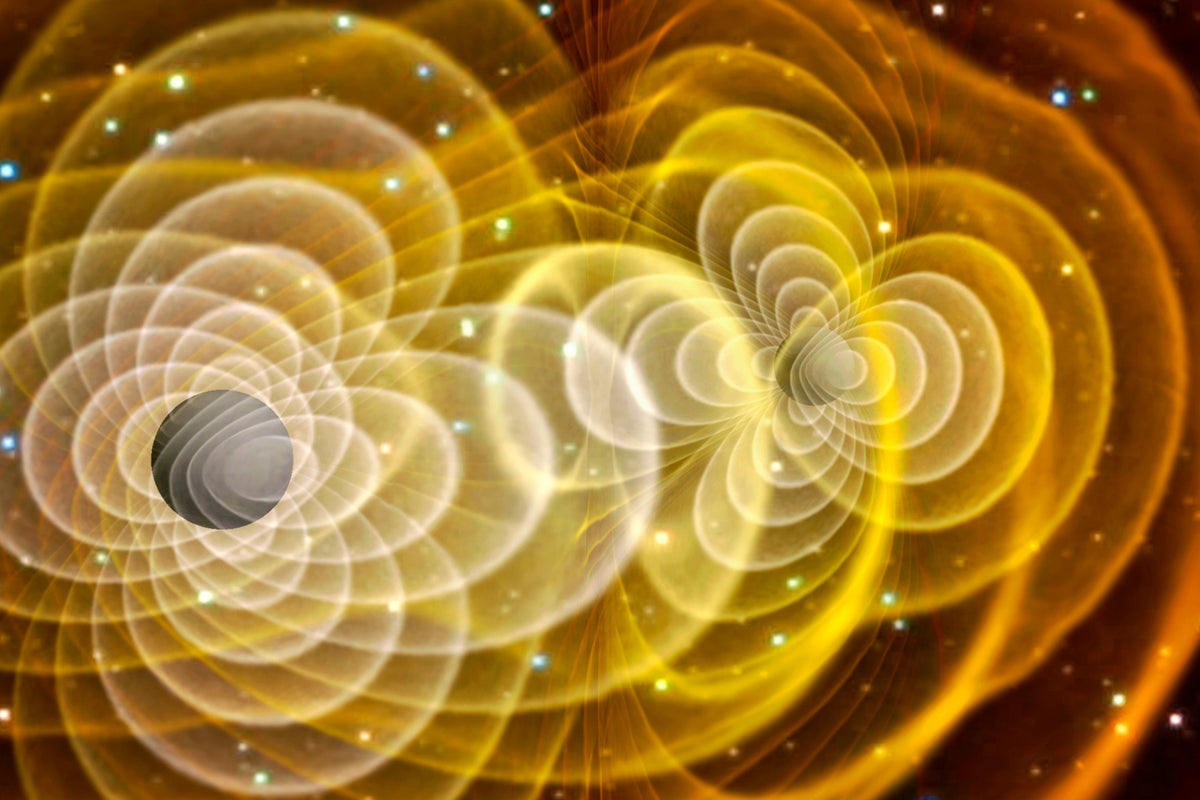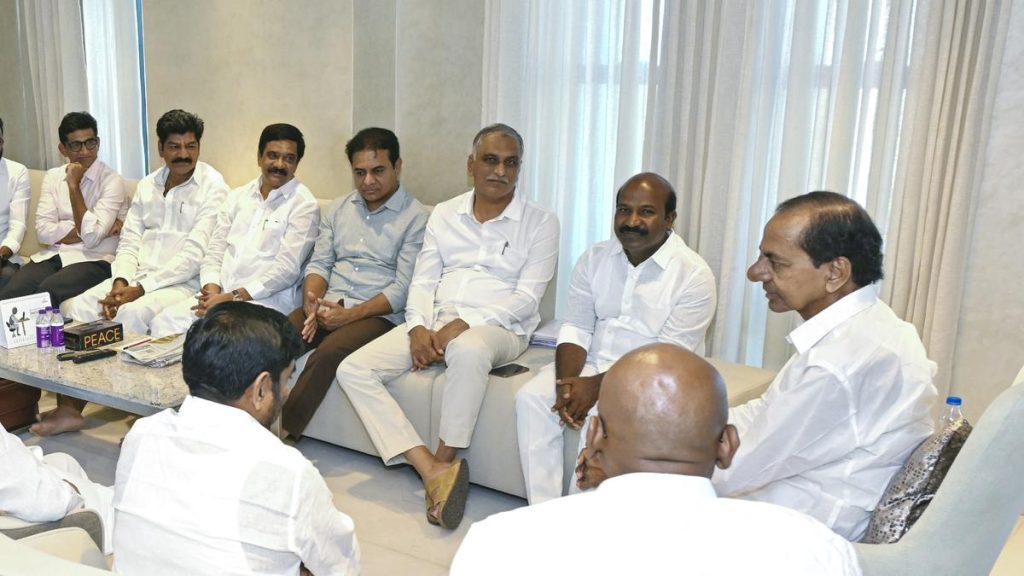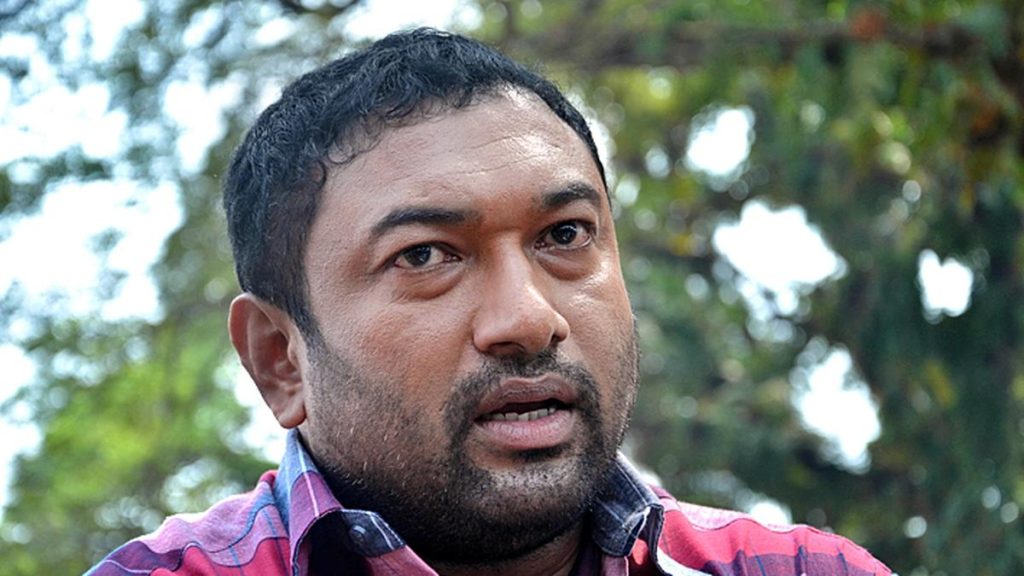Now Reading: Black Hole Mergers Reveal Intriguing Link to String Theory
-
01
Black Hole Mergers Reveal Intriguing Link to String Theory
Black Hole Mergers Reveal Intriguing Link to String Theory

Rapid Summary:
- Gravitational wave detections, first observed in 2015 at LIGO, have become routine, with nearly 300 events recorded via LIGO-Virgo-KAGRA collaboration since then.
- New research links gravitational wave observations to mathematical structures from string theory, specifically six-dimensional Calabi-Yau manifolds.
- The study focuses on scattering events (near-miss interactions) between black holes and neutron stars rather than mergers (collisions).
- Researchers used high-order mathematical complexity to model black hole behaviors, achieving results comparable to numerical simulations for distant deflections but diverging in near-collision cases.
- Implications include applications for waveform templates critical for next-generation gravitational-wave detectors like the Einstein Telescope and Cosmic explorer launching by the late 2030s.
indian Opinion Analysis:
this research marks a meaningful interdisciplinary fusion of theoretical physics-and specifically string theory-with observable astrophysics through gravitational waves. for India’s scientific community and policy-making circles, such breakthroughs highlight the importance of supporting pure research across mathematics and astronomy fields. Developing computational capabilities aligned with instruments like next-generation detectors could position Indian institutes as collaborative partners in this global frontier of astrophysics. Moreover, these advancements underscore an era where abstract mathematics can find practical importance-a vital reminder that nurturing foundational science is indispensable for future innovations.




























